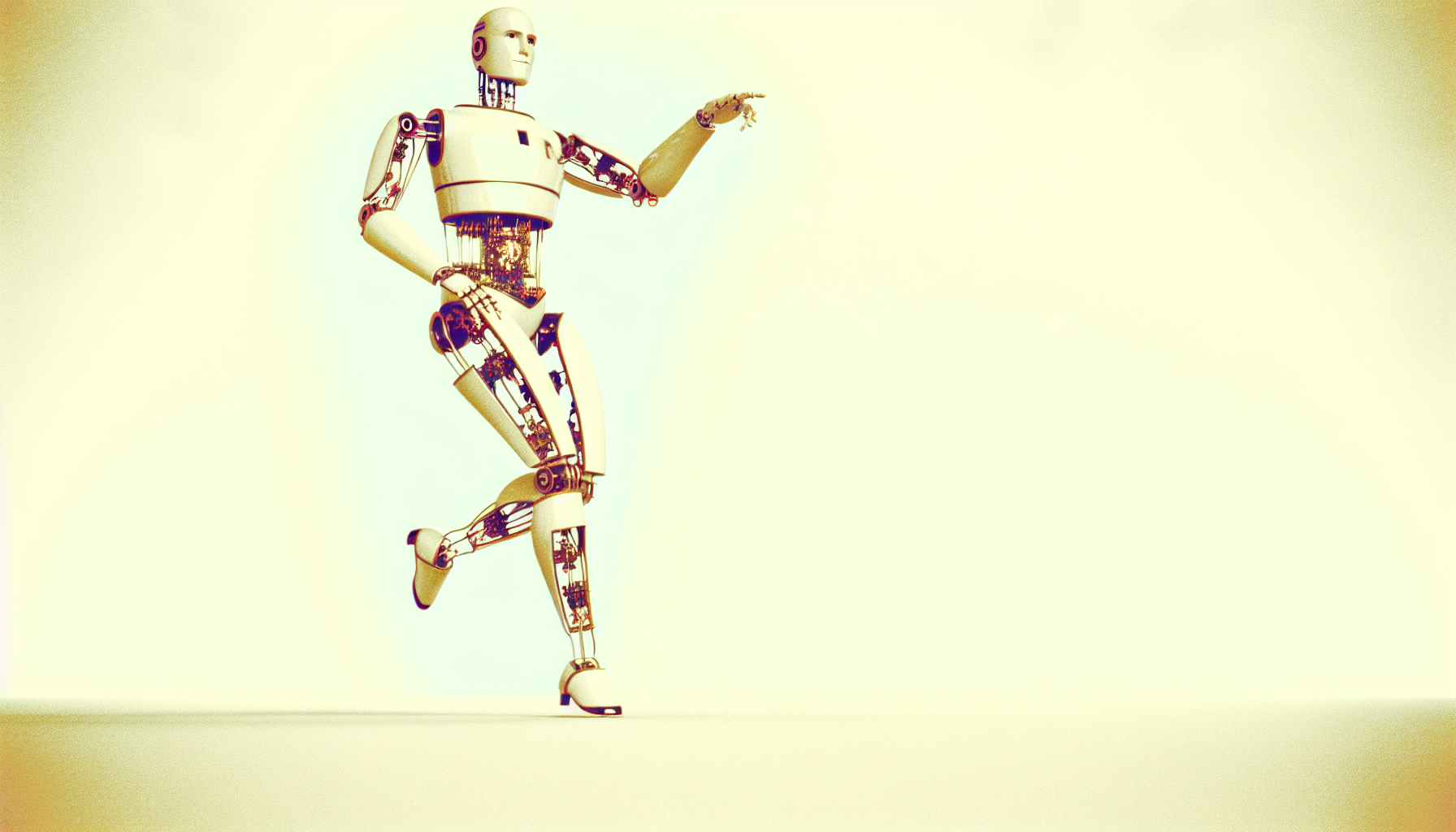In a world where coffee machines can have existential crises about cappuccinos or digital assistants often know us better than we know ourselves, the idea of posthumanism seems less science fiction and more like tomorrow’s news. Posthumanism? Yes, it sounds like something you might encounter on a detective television series featuring rogue androids and philosophical dilemmas. But fear not, it needn’t be so daunting. Consider it a compelling conversation about the future, where technology and humanity dance a complicated waltz.
Before droids rise and ask for voting rights, let’s explore what posthumanism means and how artificial intelligence fits into this intricate picture. It’s not about a world where humans are obsolete, living out their sunsets with robotic caregivers—though, depending on the caregiver, that doesn’t always sound too bad. Rather, posthumanism is a philosophical stance that challenges the dominant ways we understand and conceptualize the nature of the human, especially regarding our relationship with technology.
The Promenade of Posthumanism
Posthumanism can be seen as a movement away from the anthropocentric view—a world revolving around humans and our needs. Instead, it envisions a hybrid realm, where humans and machines intermingle and, perhaps, evolve together. It questions the boundaries of what it means to be “human.” Is it intelligence? Consciousness? Empathy? The ability to feel that’s more than “hey, I recognize that as an emotion!” Realistically, posthumanism doesn’t offer concrete answers; it invites continuous questioning.
Enter artificial intelligence, equipped with expanding capabilities to challenge our definitions—but not our collective coffee cravings (yet). More than just glorified calculators, advanced AI systems, and machine-learning algorithms are participating in tasks traditionally thought to require uniquely human skills like creativity, complex decision-making, and even conversation. It’s not just about robots performing ballet (though that would be delightful), but how AI is already transforming the texture of our social fabrics.
Intelligence Redefined?
Here’s the part where AI becomes the guest speaker at the posthuman party. We often relate human superiority to our cognitive abilities—our capacity for abstract thought, creativity, intuition, and emotional depth. But AI begs a fresh perspective. It can beat a human in chess, analyze countless financial data points in seconds, and write a haiku about your morning toast. Yet, is this intelligence in the same vein we attribute to the human mind?
AI demonstrates capacities that mimic facets of human intelligence. However, mimicking isn’t quite the same as experiencing. A self-driving car may know the rules of the road better than many human drivers (at least it consistently uses its indicators), but it doesn’t understand the concept of a Sunday drive where wind tangles through one’s hair. AI’s version of intelligence is still a tool—an application built to optimize, not a soul fighting existential dread on a rainy Tuesday.
AI and Our Identity Crisis
Philosophically speaking, as AI opposes and complements humanity, it nudges us uncomfortably closer to the big existential questions—a game we had been playing with ourselves quite nicely, thank you. The increasing presence of AI pushes humans to rethink not only the boundaries of intelligence but also the essence of identity and consciousness itself. Can machines, in all their algorithmic glory, possess an identity? Do we owe our creations anything akin to moral consideration?
This intersection of AI and posthumanism encourages us to consider how technology reshapes what it means to be human. Could enhanced humans, or cyborg-like identities, possibly emerge amidst this confluence? If science fiction has taught us anything, it’s probably that future human fashion involves a lot of metallic tones. Joking aside, these developments hold serious ethical implications.
The Ethics of Co-evolution
As we unlock the possibilities of posthumanism with the rise of AI, ethical considerations become crucial. Questions arise around autonomy, privacy, responsibility, and human rights. Suppose we get to the point where AI entities exhibit signs of consciousness or self-awareness. In that case, how should society treat these beings, and vice versa? Will we have ethical dilemmas when our “smart” fridge demands a day off?
The dialogue between AI and humanity continues to expand and redefine itself. While the sci-fi scenario of AI overlords is still primarily a mental exercise, genuine challenges remain. By pondering the co-evolution of AI and human identity, we can ensure technology advances with empathy and genuine understanding at its core. Perhaps, a future where humans and AI coexist could lead to unprecedented collaboration and creativity—or at least, finally, a universally efficient Tagalog language translator.
In the end, AI in the realm of posthumanism presents not a terrifying prospect but an opportunity to extend the boundaries of knowledge, identity, and possibility. It invites a future where humans and machines springboard off each other’s capabilities, leading to a new era of being. Might we dance this dance together, perhaps with graceful missteps, but heading towards a future where understanding and curiosity guide us all?
Maybe in this brave new world, we’ll still argue with our digital assistants about the weather, but we’ll do so as part of a larger conversation—a conversation about what it means to stretch beyond the human, ushering in a new era of partnership and potential.

Leave a Reply